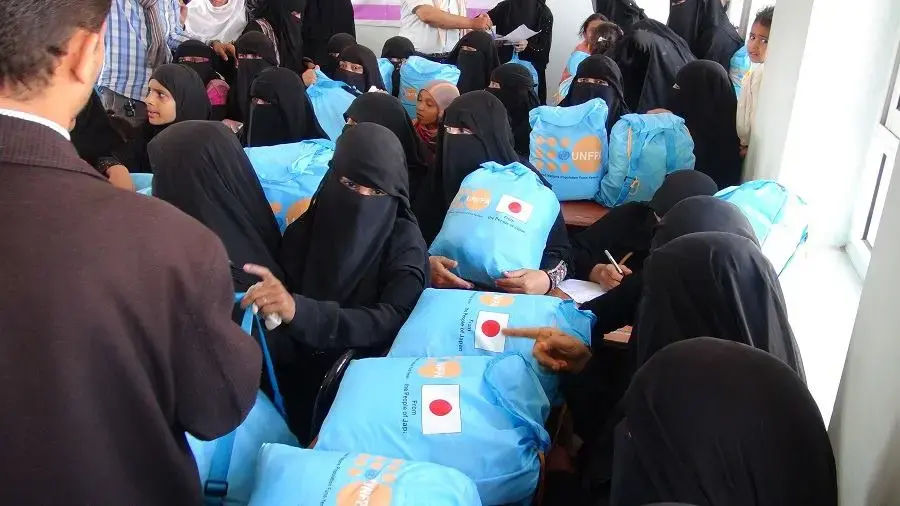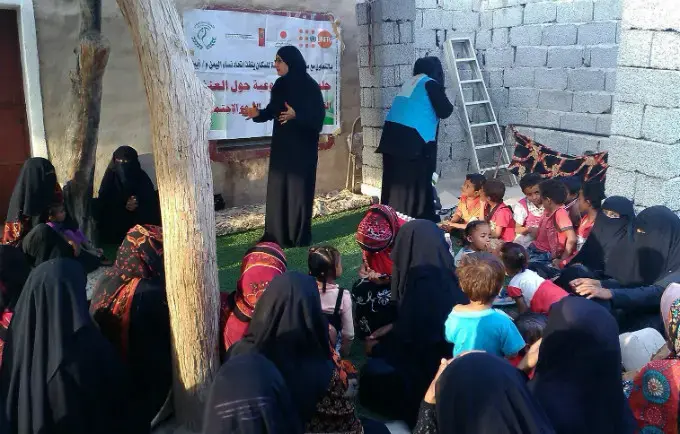Nearly four years of conflict has led to the collapse of the economy and social services. An estimated 24 million people – over 80 per cent of the population – are in need of some kind of assistance, including 14.4 million who are in acute need – nearly two million people more than in 2018. Some 4.3 million people have been displaced in the last three years with 3.3 million currently displaced with 1 million returnees. UNFPA estimates that among the 24 million in need of humanitarian assistance, six million of them will be women and girls of reproductive age and 960,000 will be pregnant women. Among the women who will deliver during the year, some 144,000 are likely develop pregnancy and childbirth complications that will need urgent emergency medical intervention to prevent death of mother and/or baby.
The Yemen Humanitarian Response Plan was released on 19 February, setting out needs, targets and requirements in 2019. A total of $4.2 billion in funding is needed to support the plan, which aims to provide humanitarian assistance to 21.4 million people in 2019.
International donors at a high-level event convened by the United Nations and co-hosted by the Governments of Switzerland and Sweden in Geneva on 26 February, pledged US$2.62 billion for urgent and life-saving humanitarian aid to millions of people in Yemen in 2019.Top donors were the Kingdom of Saudi Arabia ($750 million), UAE ($750 million) UK ($261.44 million), Kuwait ($250 million), European Union (184.42 million) and Germany ($114.16 million). The government of Iceland pledged $550,000 to UNFPA at the event.
In early February, UNFPA Deputy Executive Director and Regional Director for Arab States made an official visit to Yemen, visiting Aden, Sana’a and Hodeida Governorates. The first UNFPA high-level mission to Yemen in many years. The visit aimed to look into means of scaling up UNFPA's programme and strengthening the quality of UNFPA's reproductive health and protection response in Yemen.




